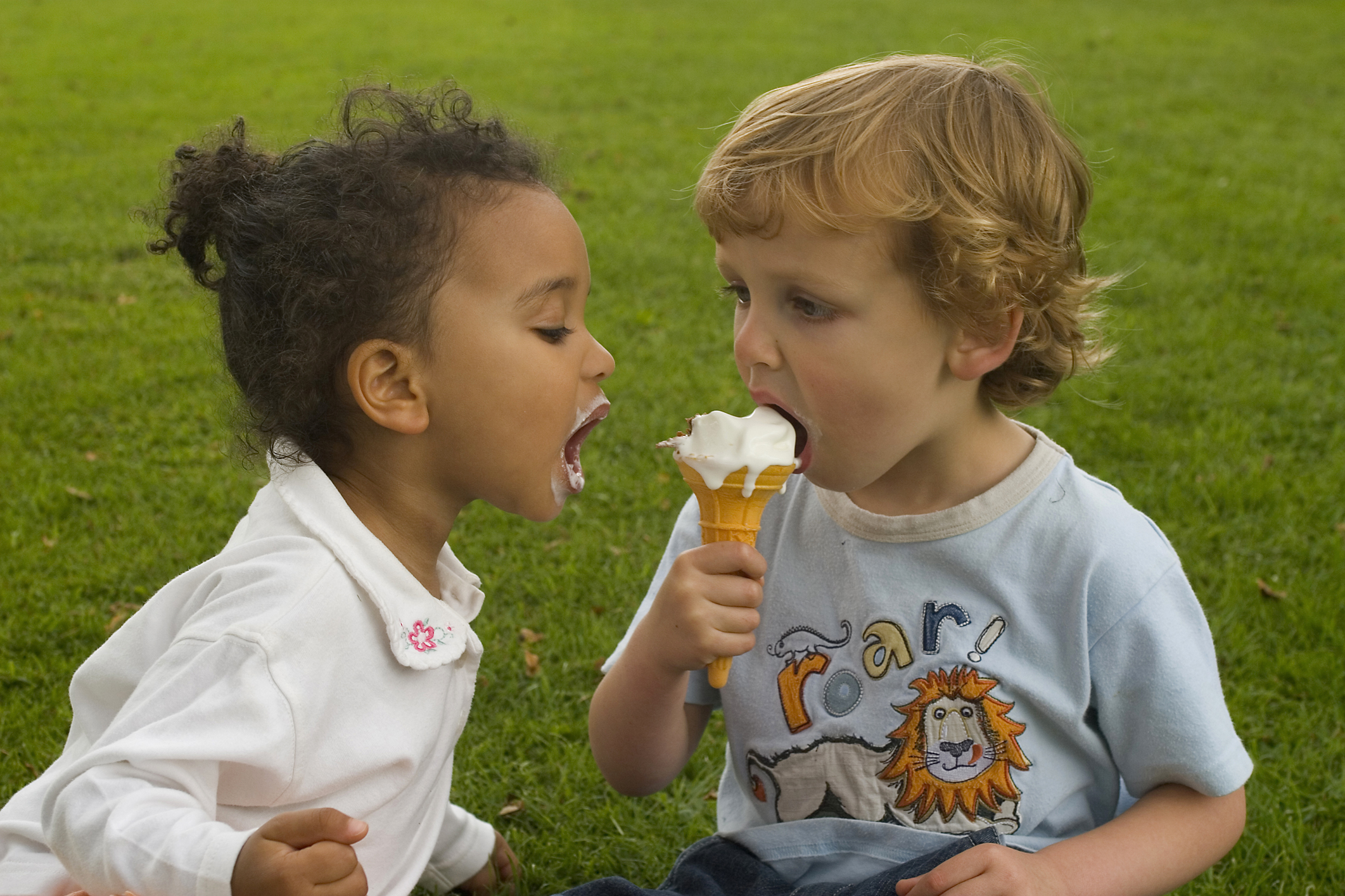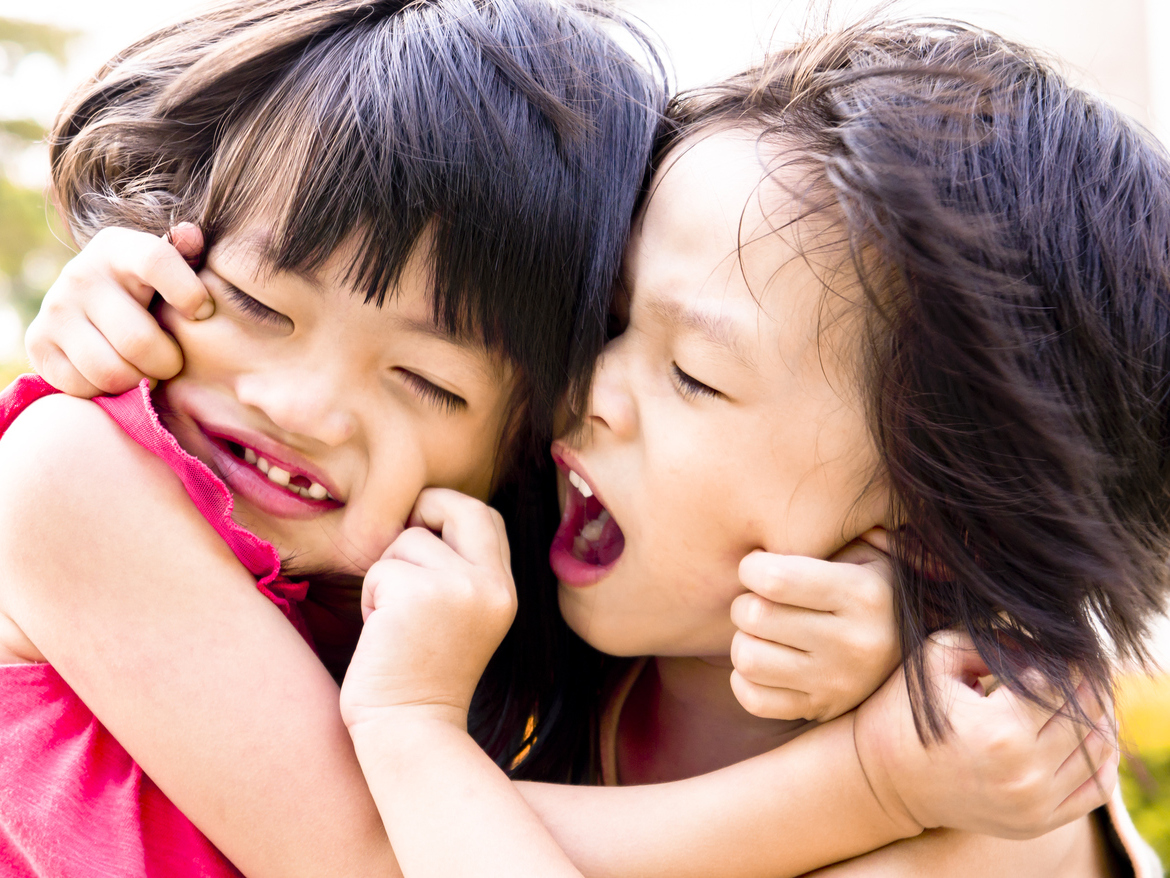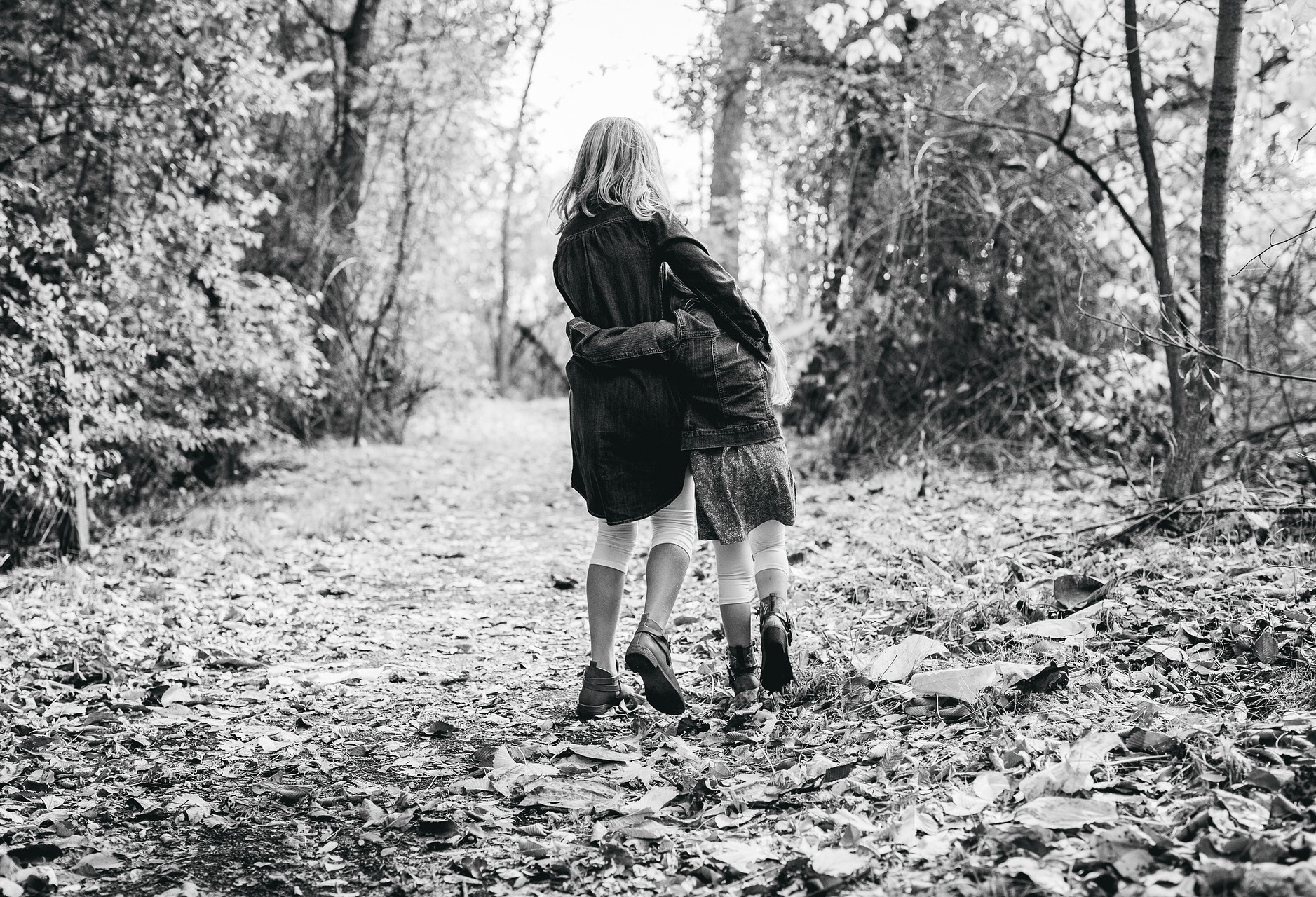
With higher rates of divorce and separation, stepfamilies are one of the fastest growing forms of family, now making up more than 10% of all families in the UK.
After separation, children are more likely to stay with their biological mother. However, the number of children living with their biological father and a stepmother is increasing.
The younger a child is, the easier they are likely to find it to adjust to a stepfamily. Boys generally seem to find it easier than girls to adjust to stepfamilies. However, in early adolescence, boys and girls alike tend to find it difficult to adjust.
It’s important to have a realistic expectation of the time it can take for a new family to establish itself. Don’t expect anything to happen overnight, and be prepared for it to take years for everyone to adjust fully. One source says it can take ‘as many years as the age of the child’. This may be an overestimate but, generally, the older a child is, the longer it can take to adjust.
There is also a link between the number of relationships a child’s parent goes on to have and the child’s behaviour. If you think of later relationships as transitional periods for the child, it’s easy to see how unsettling it can be to have to adjust to another new family and start again. Repeated change can lead to behaviour problems like disobedience and hyperactivity.
Some studies have shown that children can find a parent’s remarriage even more stressful than the separation itself. However, children may find it easier to deal with a parent’s new partner if their other natural parent isn’t starting a new relationship at the same time. Having a stable family situation in at least one home seems to be important.
Stepfamilies are often referred to as ‘blended families’ as they can be made up of a variety of step-parents, natural parents, biological siblings and stepsiblings.
Many couples also choose to have more children with their new partner. Married couple stepfamilies are more likely than cohabiting couples with stepchildren to go on to have children of their own. Whatever the circumstances, most members of a stepfamily will need time to adjust to the arrival of a new baby.
When the baby is a first for the mother but not the father, she may have additional pressures to cope with on top of the stress of new parenthood.
Knowing that her partner has been through this process with another woman, she may struggle to feel in control, and worry that her partner knows more about it than she does. She may also feel resentment that her partner is spending time with his older children, especially if she thought that the new baby might bring him closer to his new family.
This may also be a difficult time for the prospective father too, as he feels his own needs are squeezed out. For example:
- His partner may be anxious about the birth and expect his full attention.
- His biological children may well have become angry or withdrawn.
- His ex may act out her feelings of betrayal and loss by stepping up demands around money or access arrangements.
- He may be drawn to his new family and withdraw from the old one just because it seems like the easier option.
Fathers of a new child may also try to compensate for the new baby by spending more time and money on children from a previous relationship. Relationships with the ex-partner and grandparents might also become more complicated as everyone adjusts to having a new baby in the family.
Stepfamilies also tend to be larger than non-stepfamilies and are more likely to have three or more dependent children than non-stepfamilies.








